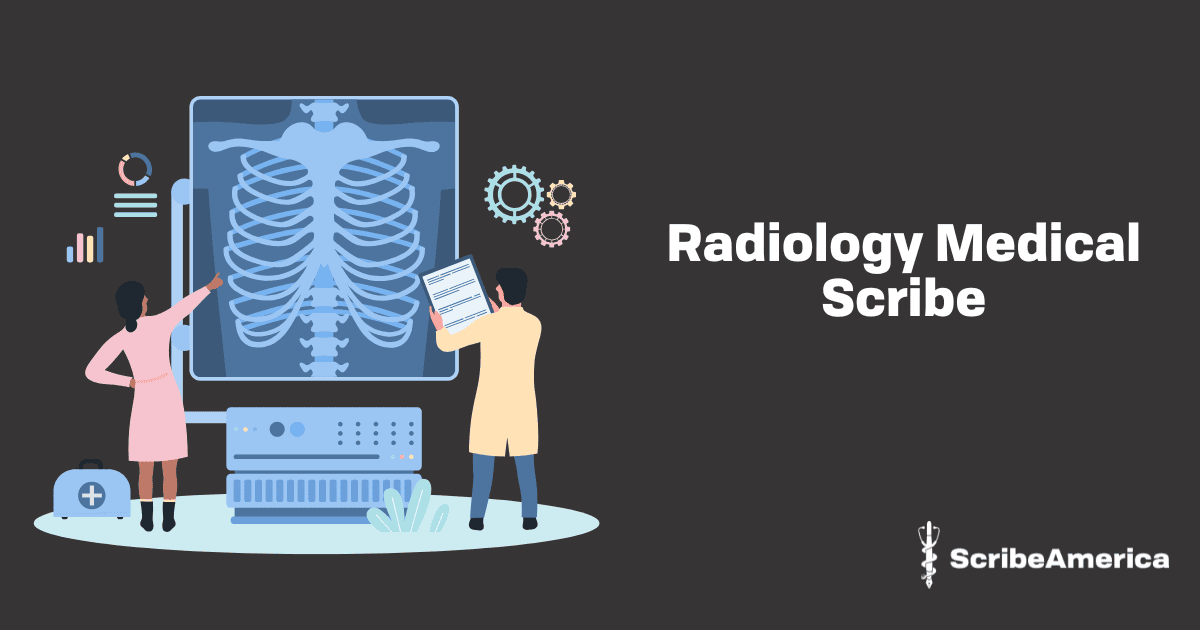When it comes to diagnostic imaging, precision and speed must go hand in hand. That’s where radiology medical scribes step in, ensuring radiologists can focus on what truly matters: interpreting images and diagnosing conditions. What skills are needed to start a career as a radiology medical scribe?
What is a radiology scribe?
A radiology scribe is a trained professional who assists radiologists by documenting findings, managing reports, and streamlining communication within the medical team. Instead of juggling note-taking and interpretation, radiologists can rely on scribes to handle the administrative workload, ensuring reports are accurate and timely.
A radiology medical scribe must be well-versed in medical imaging terminology and specific documentation styles. This role is more than just typing notes - it requires a deep understanding of radiological procedures, anatomy, and pathology.
Skills required to succeed as a radiology medical scribe
Being a radiology scribe demands a unique blend of technical knowledge, attention to detail, and adaptability. Here are the essential skills needed in this field:
- Medical terminology proficiency - a radiology medical scribe must be fluent in terms related to X-rays, MRIs, CT scans, and ultrasounds. Understanding phrases like "hypoechoic lesion" or "pulmonary consolidation" is crucial to accurate documentation.
- Strong attention to detail - precision is non-negotiable. A single typo in a radiology report can lead to misdiagnosis or incorrect treatment.
- Quick and accurate typing skills - with radiologists working at a fast pace, a scribe must be able to keep up while ensuring clarity and completeness in notes.
- Familiarity with EHRs - Many hospitals and imaging centers use specialized software for documentation. A radiology scribe should be comfortable navigating these systems.
- Adaptability and critical thinking – every case is different. A radiology medical scribe needs to quickly adapt to new findings, varying report styles, and different physician preferences.

The importance of radiology medical scribes in patient care
The role of radiology medical scribes is instrumental in improving patient care. By ensuring radiologists can focus on image analysis, scribes help speed up diagnosis and treatment plans. This efficiency is particularly crucial in emergency settings, where every second counts. Moreover, since documentation can be time-consuming, having a dedicated scribe helps physicians ease this burden, leading to improved job satisfaction and overall better patient outcomes.
If you’re considering a career as a radiology medical scribe, you should know this field requires a precise and often condensed style of writing. Terms like “ground-glass opacity” or “perihilar infiltrate” must be recorded with absolute accuracy, as they carry significant diagnostic weight.
Moreover, medical scribes must understand not only what is being said but also the implications behind the terminology. Recognizing the difference between a benign incidental finding and a critical abnormality can make a huge difference in prioritizing cases and ensuring efficient workflow.
The takeaway
A radiology medical scribe plays a crucial role in modern healthcare, acting as the bridge between radiologists and efficient documentation. Their ability to swiftly and accurately transcribe findings ensures that patients receive timely and precise diagnoses.
If you’re detail-oriented, love medical terminology, and have strong organizational skills, a career as a radiology scribe could be a great fit for you. To help you get started, we’ve put together 15 key healthcare terms every medical scribe should know, so be sure to check out our article!




